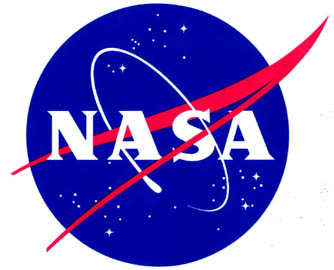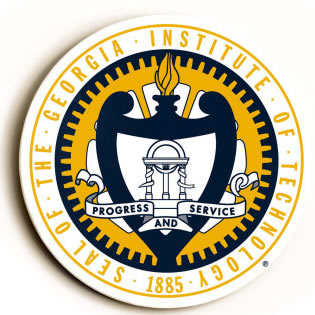About
Recent advances in science and technology have allowed astrophysicists to detect the presence of planets in some of the closer exosolar star systems. Subtle variations in the radial velocity of a star with respect to Earth can be used to calculate the presence, size, and orbit of planets in that star system. The closest of these detected exoplanets belong to Epsilon Eridani at a mere 10.5 light years away.
In 2010 the National Aeronautics and Space Administration sponsored a grant for preliminary paper study for a mission to send the first exoplanetary probe to the Epsilon Eridani system and beam high-resolution images back to Earth. This would be a monumentous task to outshadow the scale, duration, and cost of any other scientific mission in human history. The sheer magnitude of the undertaking is such that the data sent by the probe would only be received by subsequent generations of mankind.
As a leader in satellite and telecommunications technology, the Space Busters, an affiliate of the Georgia Institute of Technology was well suited for this project. In the Fall of 2010, NASA awarded the project to the Space Busters.
The Space Busters took on this immense task with tireless dedication. We have designed a mission that will send a probe to Epsilon Eridani in 485 years, place the probe into orbit around the star, and transmit images of its planets at a rate of 20 bps that will be received by posterity about 10.5 years after the probe reaches its destination.


![]()